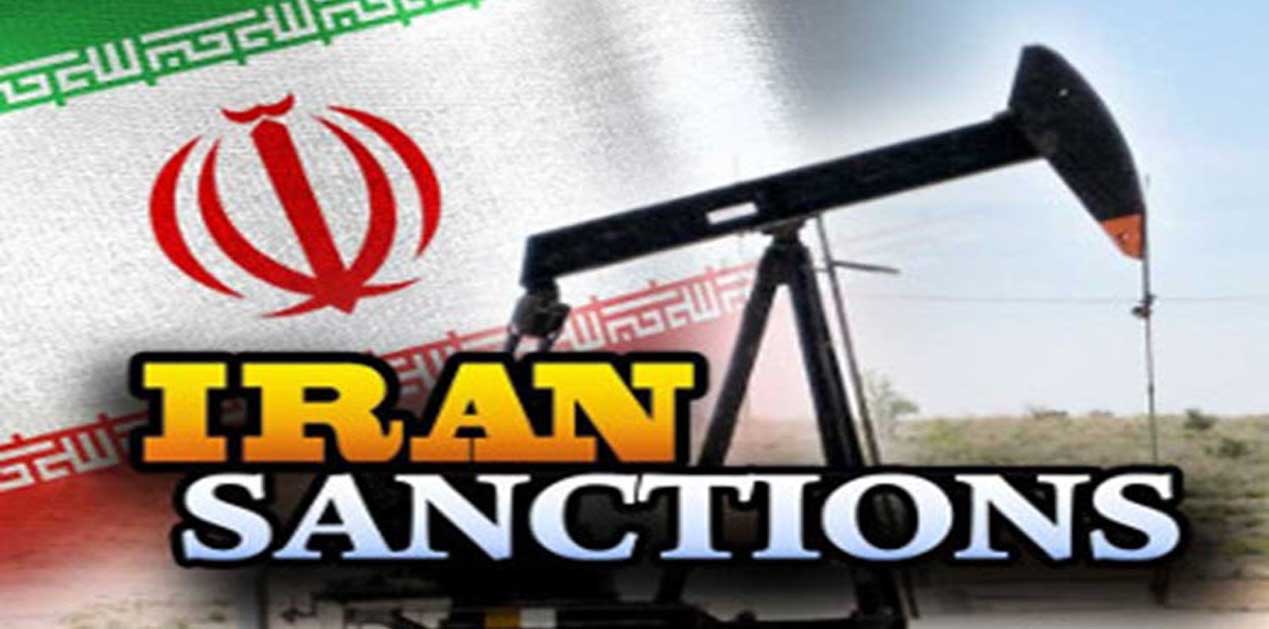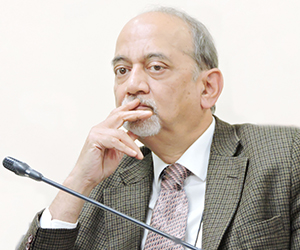US oil and banking sanctions against Iran have gone into effect on 4th November. President Trump announced that these are toughest ever sanctions imposed by the US. The date is symbolic. It is the anniversary of the take over of US Embassy in Tehran by students in 1979.
Iran’s Supreme Leader Ayatollah Seyed Ali Khamenei, in an address to the Basij, a students’ militia, said that the imposition of sanctions means that the adversary has no other option to counter the Islamic Establishment. He added that these ‘economic sanctions are more fragile than our national economy.’
Sanctions have been imposed on Iran earlier in 2010. However, this round of sanctions are not being supported by the European Union (EU), Russia and China. Nor do they have the imprimatur of UN Security Council approval. The International Atomic Energy Agency (IAEA) has certified that Iran remains in compliance with its obligations under the nuclear accord (JCPOA). As part of ‘provisional measures’, the International Court of Justice (ICJ) has also ruled against US sanctions. None of this lessens the severity of sanctions. The US has agreed to give waivers to eight geographies. The waivers will allow countries concerned to import Iranian crude, subject to progressive reduction. India is to be included amongst countries covered by exemption.
The crude prices during the past month have shown a downward trend. During October, the Organisation of the Petroleum Exporting Countries (OPEC) basket of crude prices fell by 8.6 percent from USD 81.49 at the beginning of October to USD 75.51 by October 30. It has since gone down further to USD 72.64 per barrel. However, over longer term horizon, the price rise is dramatic. The OPEC monthly report for October 2018 notes that in September, the OPEC Reference basket increased sharply by almost 7 percent, or USD 4.92 month on month to average USD 77.18 per barrel. This was the highest level recorded since 2014.
The OPEC and well as International Energy Agency (IEA) have tried to calm the markets by stating that enough oil is available, and the market is well supplied. The issue is not simply availability, but the price which consuming countries can afford. Prime Minister Modi was alluding to this, when he told the OPEC Secretary General and the Saudi Oil Minister last month that they should do more to bring down prices. This year, the increase in crude oil import bill could cost India more than Rs. 2,00,000 crore. This would adversely affect India’s budget deficit as well as current account deficit.
The prices have gone up not only as a result of US sanctions against Iran, but also policies of OPEC and non-OPEC producers to limit production. Due to fear of anti-trust legislation in the US, OPEC does not directly talk of price. Instead, OPEC statements refer to demand-supply situation. Actually, the OPEC and non-OPEC oil producers use November 2016 production level, and cuts agreed below that level, as bench-mark. This has created a situation where supply is tightly controlled, thus boosting prices. The OPEC +, or the cartel of OPEC and non-OPEC producers led by Russia have an informal understanding called the ‘Declaration of Cooperation’. This was set to expire by end of 2018. Saudi Oil Minister announced recently that they have agreed to extend this arrangement, and create a Secretariat to support it. We are therefore, likely to see the present trend continuing for some more time.
Once the US waiver is given, it will be possible to purchase Iranian crude without attracting secondary US sanctions. However, US dollars cannot be used to effect payment. Therefore, an alternative payment system has to be evolved. During last round of sanctions, rupee payment arrangement was worked out to make payment for crude import from Iran. This also covered non-oil trade between the two countries. This remains our best option.
The EU, which does not support the present round of sanctions, has adopted a Blocking Statute to prevent application of US Sanctions. This is yet to be tested. The EU has also announced creation of a Special Purpose Vehicle (SPV), which will provide a payment mechanism. This has been under discussion for six months, and is yet to take shape. It is unclear if it will cover crude oil purchase and third country trade with Iran. India’s best bet remains rupee payment arrangement, which is a tested mechanism.
The waiver is needed not only for making oil payments, but also development of the Chabahar Port. This aspect would become clearer when the details of waiver are known. Indian project scope relates entirely to a civilian facility. It is not linked to oil export at all. The Port will increase options for Afghanistan, and reduce its dependence upon Pakistan for transit trade.
International North-South Transit Corridor (INSTC) runs through Iran. It is essential for connectivity with Central Asia. At present India has a tiny share in Central Asia’s global imports due to absence of connectivity.
Will US sanctions result in hike in oil prices? At present, OPEC production has reached an unprecedented high level of 33.33 million barrel per day. This is coupled with increase in US oil production. The increase in production, and consequent softening of prices, is not a coincidence. The US Congressional elections are scheduled for 6th November. We need to wait and see if this trend persists.
Iran is part of India’s extended neighborhood. India cannot ignore geo-political compulsions at a time, when the situation in Af-Pak region is worsening. India also has an extremely important relationship with the US.
(The writer is former Ambassador to Iran, and currently Senior Fellow in Vivekananda International Foundation)
Image Source: https://www.almasdarnews.com/wp-content/uploads/2018/05/iran-sanctions.jpg











Post new comment